Is it possible to transform spaces, at least visually?
Of course, it is, without construction work, only with… color!!!
Color has the power to alter our perception of spaces.
That means it can optically change the appearance and proportions of a room, making it feel taller or shorter, smaller or larger, and so on!
Therefore, color is a fantastic ally for those unique spaces: when used correctly, it can trick the mind and give us the impression of entirely different dimensions.
Today, I’d like to share some tips on using color to your advantage to visually transform spaces in line with what you want to express in them!
– LIGHT COLORS AND DARK COLORS
This difference is quite well-known: light colors enlarge, while dark colors make spaces feel smaller.
Light colors also make a space brighter because they reflect light.
If you need to make a space feel huger, it’s best to use light colors everywhere: on the ceiling, walls, and floors.
Using light colors also for the furniture will amplify the effect.
While white is undoubtedly the color that reflects light the most, I don’t mean only white when I refer to light colors.
ANY color in its lighter, less saturated shades can help make spaces feel bigger!
While it’s true that dark colors make spaces feel smaller, they also create a sense of “closeness.”
The space feels cozier.
The risk is making a space feel a bit stifling, but when used in large, well-lit areas, the result can be stunning!

(credits: posterstore.it; room108.be)
– WARM COLORS AND COOL COLORS
We all know warm colors include shades like red, yellow, and orange because they evoke images of sunsets, fire, and similar elements.
They create a sense of warmth, bring cheer, and feel inviting, setting up pleasant atmospheres.
Warm colors shrink the spaces, making them more intimate and cozier.
On the other hand, cool colors include blues, purples, and greens, as they remind us of water and nature.
They give a sensation of freshness, serenity, and relaxation.
Cool colors also help to visually enlarge spaces by creating the illusion that walls are receding.
That makes them ideal for tight spaces like hallways or small bathrooms.
When choosing a color, it is crucial to understand the room’s specific conditions to select the proper shade, the one that will absolutely help you experience the feelings you want in that space.

(credits: Cleo Scheulderman; talianbark.com)
– NEUTRAL COLORS
Neutral colors have a significant visual impact!
Remember that, aside from pure neutrals like white, gray, and black, all other neutrals have an undertone you need to consider.
The undertone is what makes all the difference in the final result, as it determines whether a neutral appears warm or cool.
Even among warm neutrals, the undertone will influence whether a space feels more yellowish or rosy, and this will, of course, affect the perceived mood.
I discuss neutral colors in greater detail here.
Neutral colors are fantastic as a background or base in interior design as they’re incredibly versatile, pairing well with any style and color!
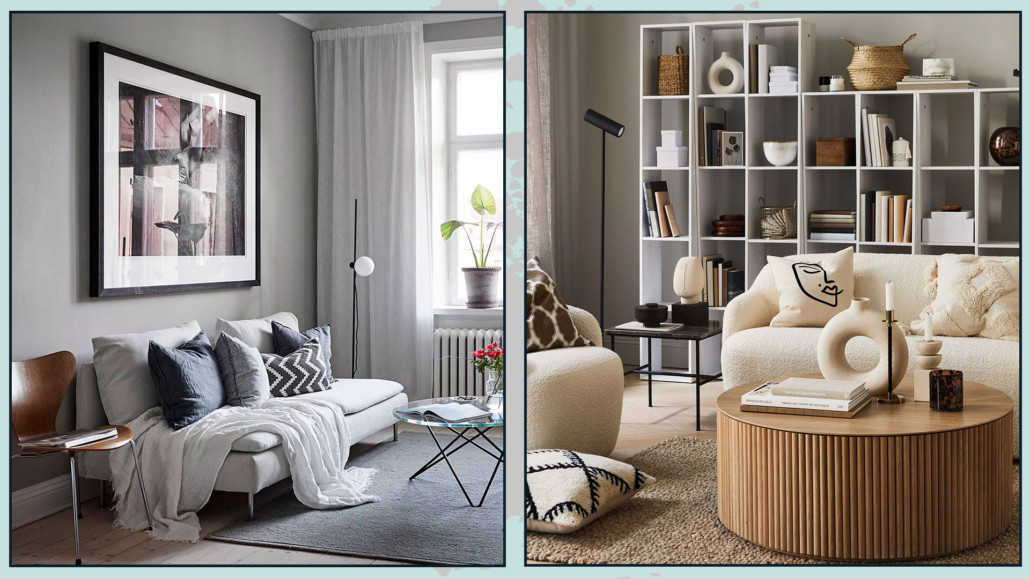
(credits cocolapinedesign.com; H&M Home)
– VISUAL EFFECTS
Now that you know how colors can visually change the appearance of a room, let’s explore how to use them to create specific visual effects!
– Lower/Raise the Ceiling
If you have a room with a low, somewhat suffocating ceiling, paint the walls and leave the ceiling white.
That will instantly give the impression of a taller room.
On the other hand, if the ceiling is high and feels too expansive, paint it a darker color than the walls!
Visually, the ceiling will seem lower, creating a cozier and more intimate atmosphere.
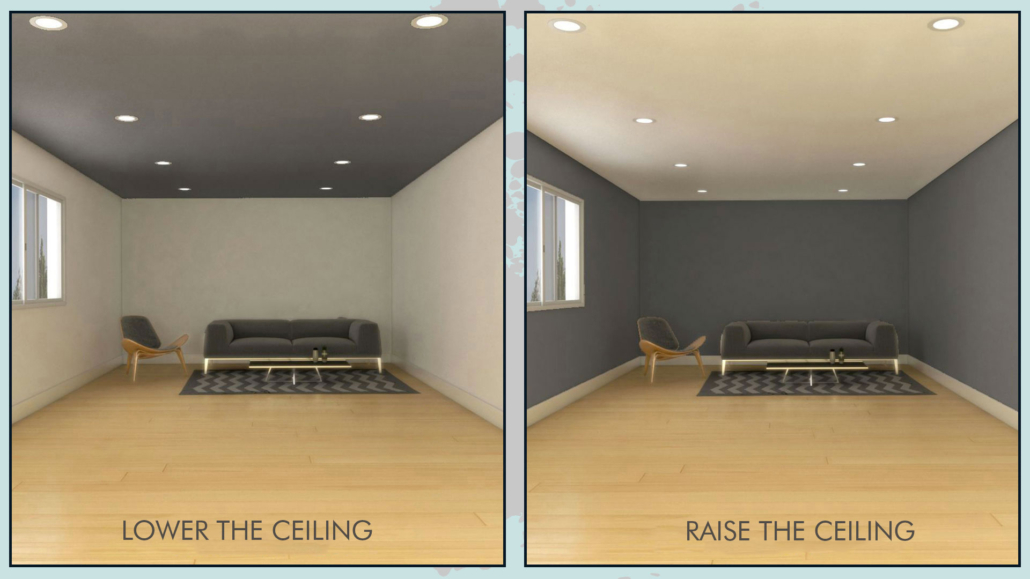
(credits: @coelholimaarq)
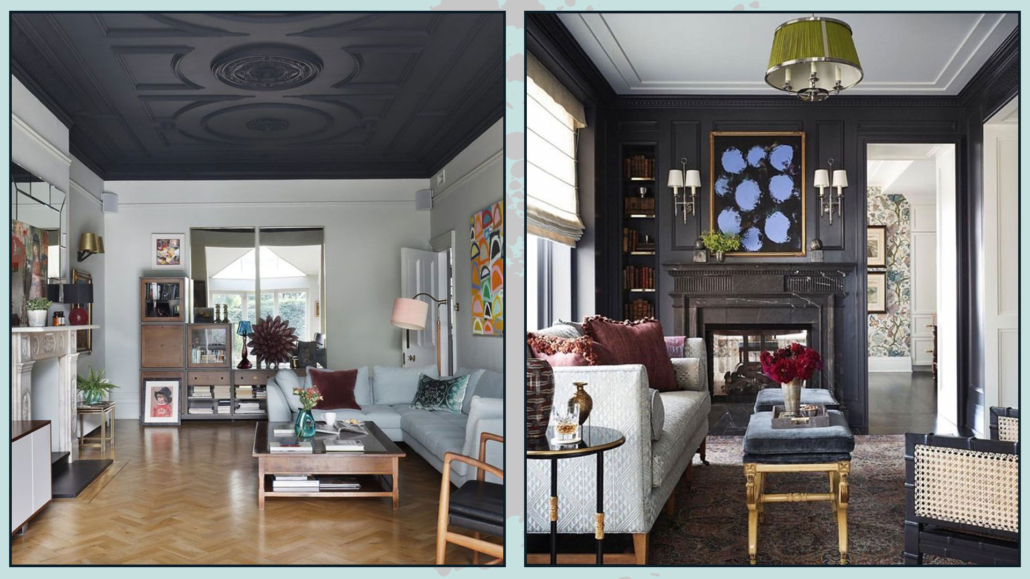
(credits: Future; summerthorntondesign.com)
– Widen/Narrow the Space
To make a space appear larger, use a darker color on the ceiling and the farthest wall while keeping the side walls light.
That will visually bring the ceiling and the far wall closer, creating the illusion of a larger room.
That trick works wonders for long and narrow spaces like hallways!
To narrow the space, do the opposite: keep the far wall and the ceiling light and use darker colors on the side walls.
That will elongate the room slightly, making it feel more proportionate.

(credits: @coelholimaarq)
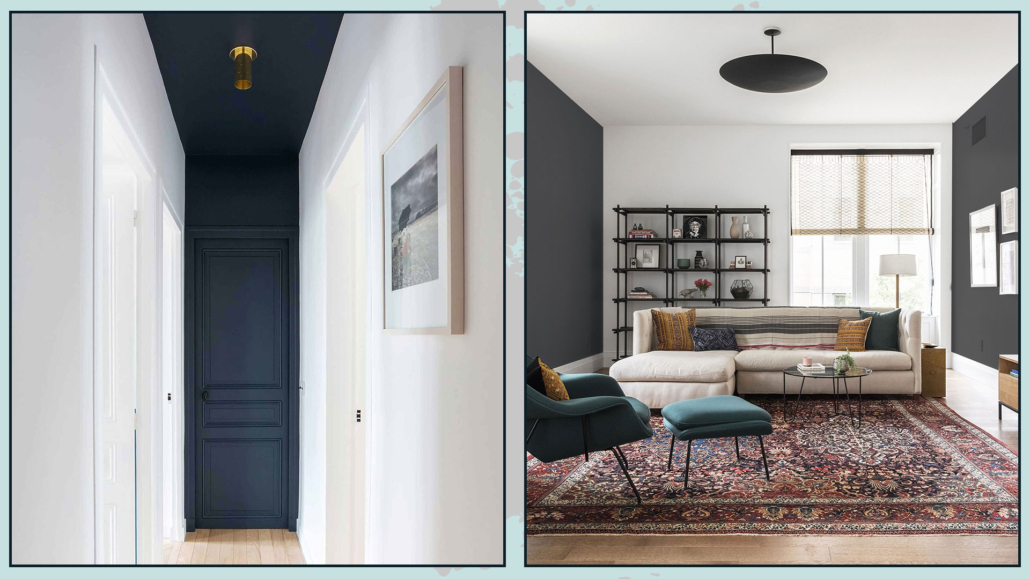
(credits: @IndiverPlast; stherbb.us)
– Shorten the Space
To make a generous space feel more intimate, paint the far wall darker while keeping the other surfaces light.
The far wall will appear closer, making the space more inviting and cozy.
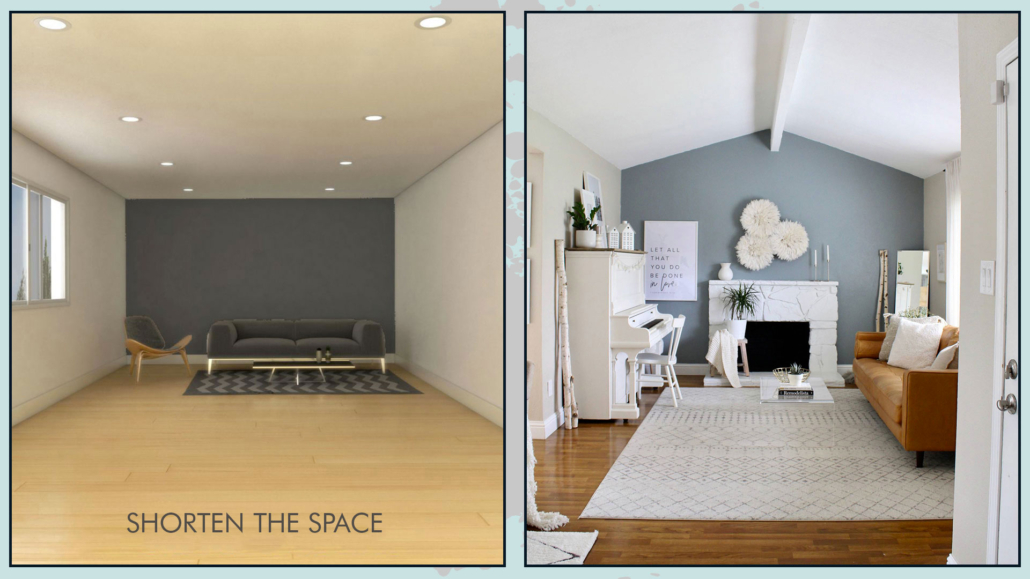
(credits: @coelholimaarq; kmdesignco.com)
– Narrow the Walls
To “shorten” the walls and make them feel narrower, the ideal solution is to add a dark-colored stripe along the upper part of the wall.

(credits: @coelholimaarq; living.corriere.it)
– Enlarge/Shrink the Space
As mentioned earlier, with light and dark colors, paint all surfaces in light tones to make a space feel larger by reflecting more light.
That creates the effect of a more open and airy room.
Use the same color on walls and ceiling for an even more powerful effect.
On the other hand, if you want to make a room feel smaller, opt for warm, dark colors.
As we’ve seen, these tones bring surfaces closer together.
That approach is perfect for huge rooms that otherwise might feel “empty” or impersonal!
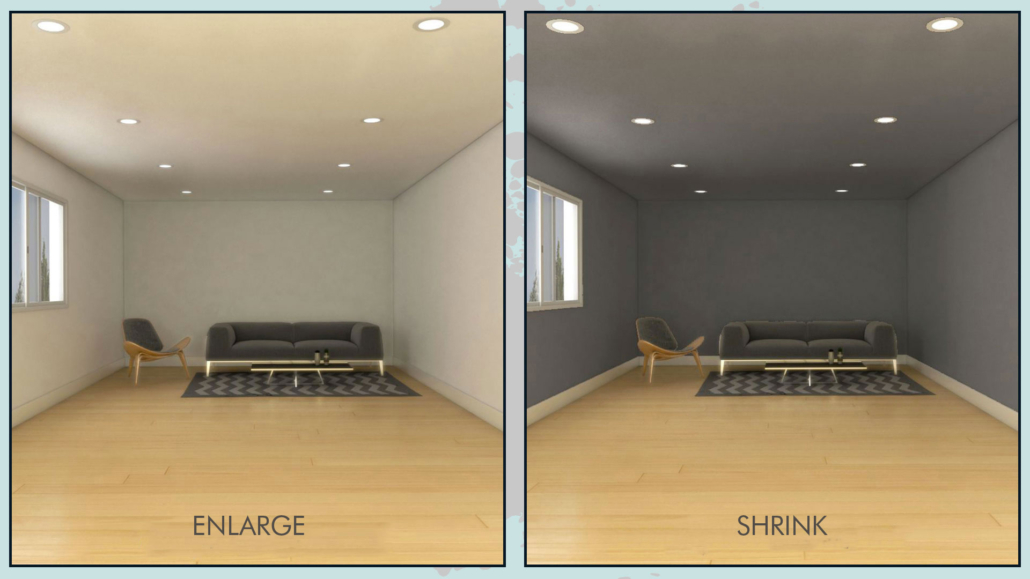
(credits: @coelholimaarq)
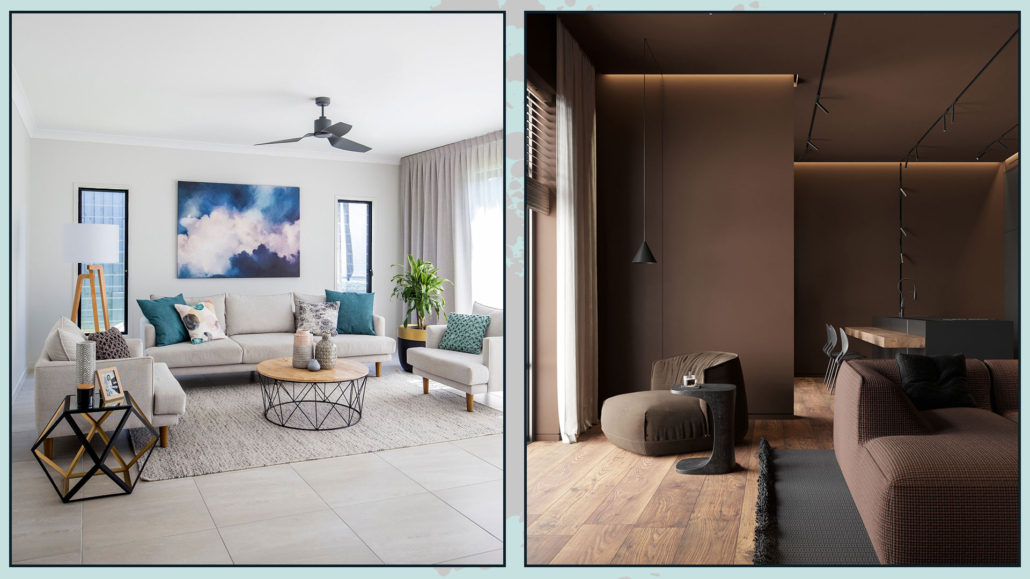
(credits: tailoredspace.com.au; igorsirotovarchitects.artstation.com)
As you’ve seen, color is indeed a fantastic ally.
Not only does it set the mood of a room, but it can also help transform visually unique spaces, like long and narrow hallways…
I hope you enjoyed this article and found it helpful.
If so, don’t hesitate to share it with someone you think might be interested; I would be honored, and it will help me get known.
If you feel that your home, or any part of it, doesn’t reflect you enough, don’t wait any longer: fall in love with your place again and book your consultancy!
This post is also available in: Italian


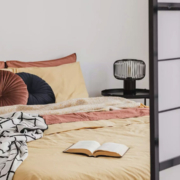
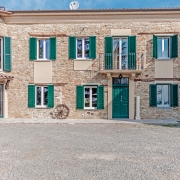
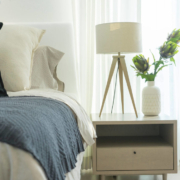

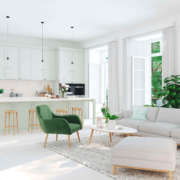


Leave a Reply
Want to join the discussion?Feel free to contribute!